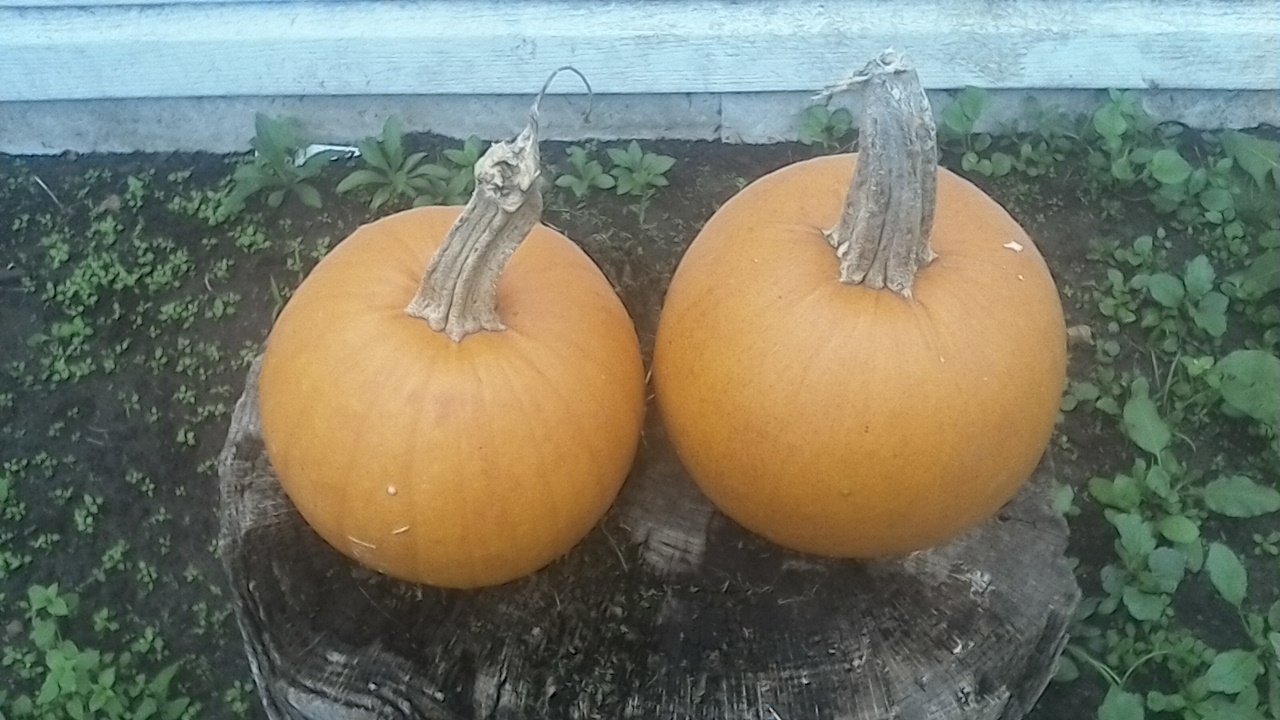Before your next meal, think of this short grace: “In back of the bread is the farmer, and in back of the farmer is the mill, and in back of the mill is the wind and the rain and the farmer’s will.”
The connection between people and our food is known as Farm to Table. Before our country became so urban, people lived close to, and knew, the people who grew their food. They bought it directly from the farm or from local markets. If a product was tasty and ripe, they knew who was responsible.
Today, more and more highways make it easier to move mass quantities of food around the country. Planes bring produce from around the globe, erasing the notion of local farmers and growing seasons. We are far-removed from the actual farms our food grew on. We may never meet the farmer, or even see a farm!
Many of us have lost this connection with our food. Food comes in boxes and shrink-wrap, and rarely as raw, natural ingredients! We may have misconceptions of how the food was grown, or what are the best products to use. Being aware of where your food comes from can lead to a greater appreciation for your food. It takes a lot of hard work to make your meal possible.
The Farm to Table movement focuses on producing food locally and then transferring that food to local restaurants and homes. When we use only locally produced foods, we know where our food comes from. We re-establish the link between farmers and other people.
Take breakfast, for instance. Say for breakfast you end up having toast and fruit. The fruit you eat, whether it is a banana, apple or a pile of strawberries, grew either in the soil or on a tree that relied on healthy soil to grow. Likewise, the toast you eat comes from wheat grown in the field that is then processed, mixed, baked, and delivered to your grocery store in the form of sliced bread. As a fun project, take a look at what you eat and try to trace it back to its origin. You may be surprised at how far your food has travelled.
One way that you can engage more with your food and the farmers that grow it is to shop at a farmers’ market. At a farmers ’ market, there are many different types of local, fresh food—often with the farmer at the stand for questions and conversation! Another way to support local farms is to take part in community supported agriculture, or CSA. This way, if you cannot afford to travel to a farmers’ market or to the farm itself, you can pick up locally grown food at convenient drop-off point.
What else can you buy locally? Anything you trace back to soil! T-shirts that are made of cotton that grew in the soil of the Southern U.S. Cedar trees harvested from well-drained forest soil provide wooden pencils. Soil even purifies the water you drink as it passes through the many layers!
Soil is so much more than dirt. It supports us and without it, we could not survive. Soil is life.
-by Tom Rice and the IYS October team





